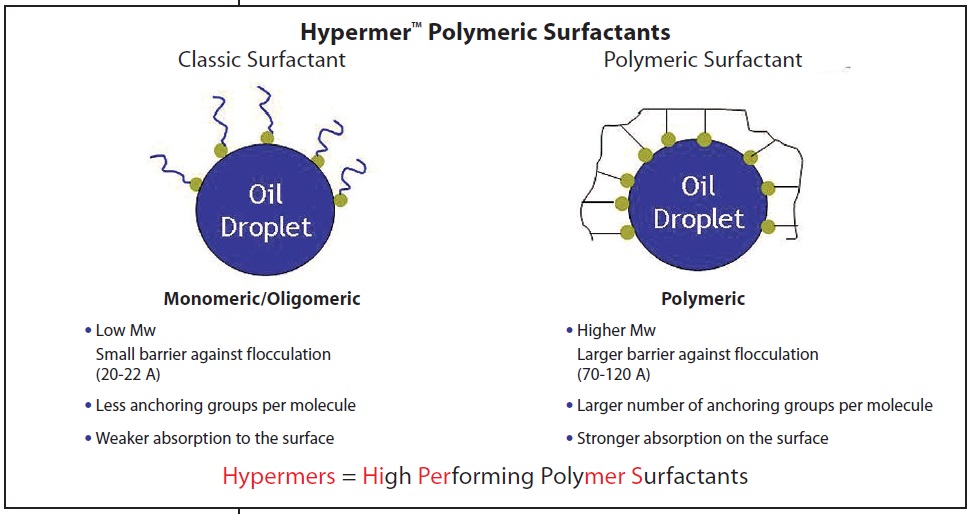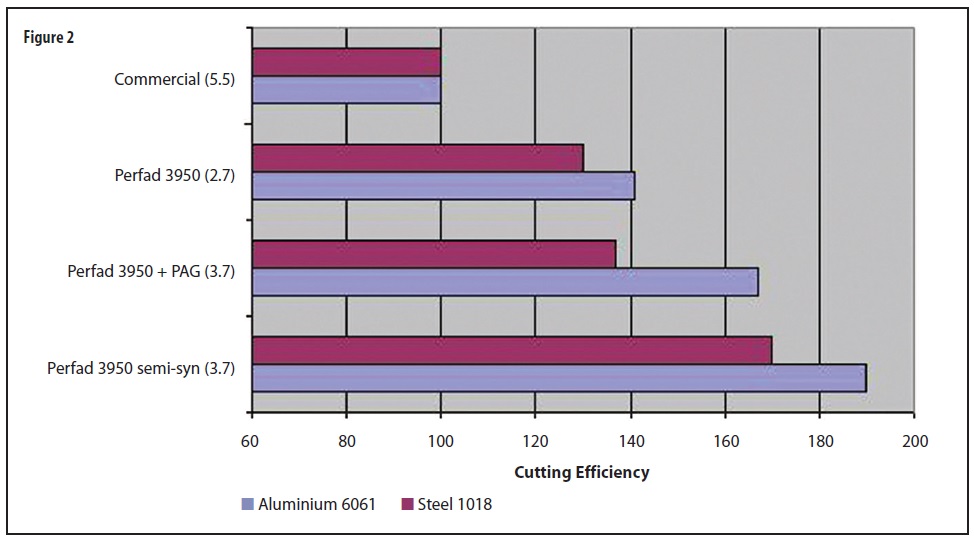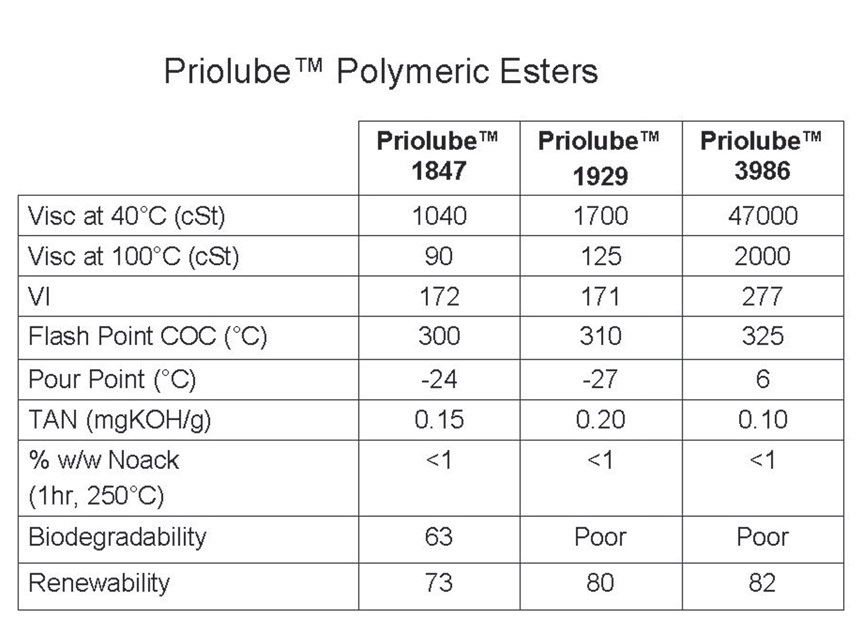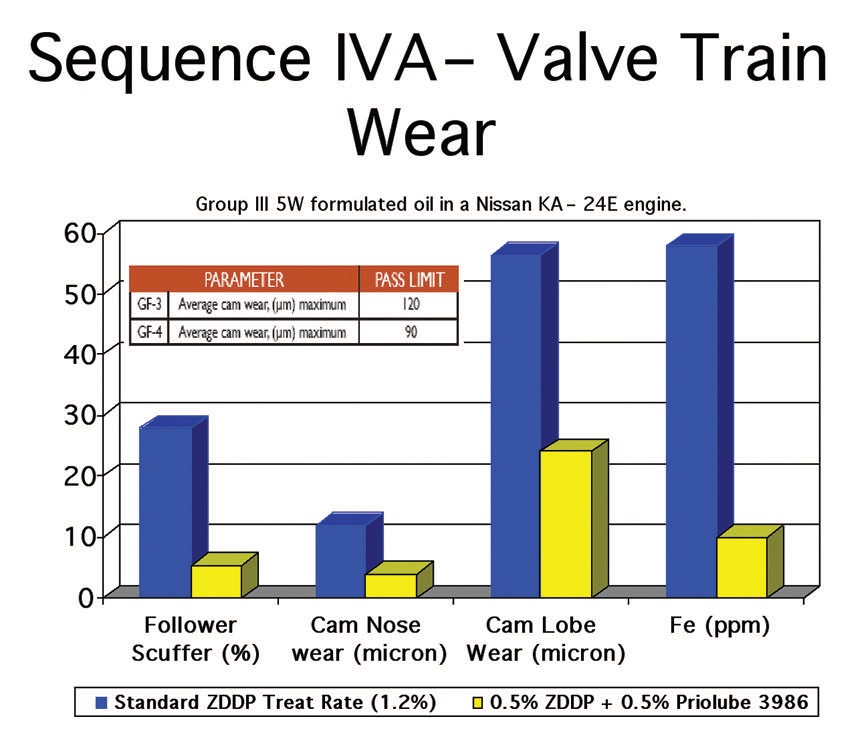Croda Lubricants
Low Molecular Weight Polymeric Additives for Aluminum Processing
By Scott A. Davis, Sales Development Manager, Croda Inc. | TLT CMF Plus November 2009
Polymeric lubricant additives can be very useful items in a formulator’s toolkit. They can provide a number of important properties in lubricants such as: lubricity, emulsification, and dispersancy. Polymeric additives can be designed to offer multiple functions. These multifunctional additives can reduce formulation complexity while minimizing competition between additives. Because of regulatory polymer exemptions, polymeric additives can be commercialized quickly and at a relatively low cost verses traditional esters and surfactants.
Hypermer™ Polymeric Surfactants for Aluminum Rolling Oils
The Croda Hypermer™ line of polymeric surfactants is ideal for a broad application range including emulsifiers for aqueous metalworking fluids and aluminum rolling oils. The Hypermer™ A and B series are suitable for use as rolling oil emulsifiers. These Hypermer™ series contain a high molecular weight PEG backbone, fatty acids, and high molecular weight hydrocarbons. The PEG backbone provides hydrophilic properties while the fatty acid and hydrocarbon components provide hydrophobic properties. Hypermer™ polymeric surfactants have multiple anchoring points (Velcro like effect) that associate with the oil and water (
Figure 1). Traditional surfactants utilize single anchoring points. Hypermer’s™ high molecular weight components and multiple anchoring points create strong association with both the water and oil phases. This strong association makes it very difficult to displace Hypermer™ polymeric surfactants from the oil/water interface. Excellent emulsion stability is a result of the strong association between the Hypermer™ surfactant and the oil and water phases. The highmolecular weight PEG components provide stearic stabilization. This stearic stabilization leads to average particle separation that is five times greater than that created by traditional nonionic surfactants. This particle separation prevents flocculation which results in reduced tramp oil, improved emulsion stability, and more consistent particle size. Strong tramp oil rejection, excellent emulsion stability and consistent particle size lead to emulsions which have long life and provide superior roll finish.
 Figure 1.
Polymeric Ester Lubricity/Emulsifiers Additives
Figure 1.
Polymeric Ester Lubricity/Emulsifiers Additives
The Priolube™ Self Emulsifying Ester (SEE) range (Priolube™ 3952, 3953, 3955) are polymeric esters, derived substantially from renewable raw materials*, that provide lubricity and emulsification properties to aqueous coolants. The Priolube™ SEEs possess a high molecular weight, branched fatty acid backbone which provides good biostability (BOD:COD 9:1). The fatty acid backbone is ethoxylated to create a nonionic component which provides hard water stability. Partial esterification adds a component that, along with the high molecular weight fatty acid, provides excellent lubricity. Part of the fatty acid backbone is left unreacted. This unreacted, anionic component easily associates with the oil phase to provide good waste treatability. The Priolube™ SEEs provide excellent lubricity, hard water stability, good waste treatability and excellent biostability without the addition of biocides.
*The Priolube™ SEEs are largely derived from renewable resources. They vary from 61% – 70% renewable content.
The Priolube™ SEEs have been taken to the next level of performance with the development of Perfad™ 3950. Perfad™ 3950 offers low foam performance and breakout aluminum cutting performance, while maintaining excellent ferrous metal cutting performance. In Microtap studies a synthetic made with Perfad™ 3950 provided 40% better aluminum cutting efficiency than the baseline commercial semi-synthetic product (
Figure 2). A semi-synthetic made with Perfad™ 3950 offered 96% aluminum cutting efficiency improvement and 65% steel cutting efficiency improvement verses the baseline, commercial semi-synthetic. Field trials have confirmed the cutting efficiency demonstrated by the Microtap studies. Perfad™ 3950 is a low foam, bioresistant emulsifier/lubricity system that offers superior multi-metal cutting performance for synthetic and semi-synthetic coolants.
 Figure 2. Refractometer readings in parentheses show actives level.
Figure 2. Refractometer readings in parentheses show actives level.
Polymeric Esters as Lubricity Additives
Croda offers a number of Priolube™ polymeric esters which can be used as lubricity additives in a wide range of applications including aluminum cutting. Priolube™1847, Priolube™ 1929, and Priolube™ 3986 are three Croda polymeric esters (
Figure 3). The Priolube™ polymeric esters reduce boundary friction by building a protective film on the metal surface. When these polymeric esters are formulated into less polar mineral oil or PAO base fluids, the more polar polymeric ester will concentrate close to the solid surface creating a viscous surface layer. Through this mechanism, sometimes referred to as fractionation, polymeric esters can build thick protective films at the metal surface, while having a small effect on bulk viscosity. Because bulk viscosity can be reduced while maintaining adequate film thickness from the polymeric ester, fluid friction can be reduced leading to energy savings.
 Figure 3.
Figure 3.
Priolube™ 3986 can be used to reduce EP and antiwear additive treat levels. Priolube™ 3986 added at a 5% treat rate to a conventional mineral oil offered a 12% Microtap cutting efficiency improvement on 6061 aluminum. This outperformed a sulfur containing EP additive as well as a conventional ester. Priolube 3986 has also been shown to allow reductions in ZDDP treat levels. In the sequence IVA engine test, Priolube™ 3986 at 0. 5% treat rate combined with 0.5% ZDDP provided better wear performance when compared to the same formulation treated with 1.2 % ZDDP and no Priolube™ 3986 (
Figure 4). Priolube™ 3986 can play an important role in achieving acceptable wear in low SAPS (sulfated ash, phosphorus, and sulfur) formulations.
 Figure 4.
Figure 4.
Polymeric additives can be important tools for formulators. They can offer premium performance, can be modified with relatively low regulatory costs, and can be designed to provide multiple functions from one additive.
For more information about Croda Hypermer™ and Priolube™ polymeric additives visit
www.crodalubricants.com or contact Scott Davis at
scott.davis@croda.com.
Perfad™ 3950 offers low foam performance and breakout aluminum cutting performance, while maintaining excellent ferrous metal cutting performance.